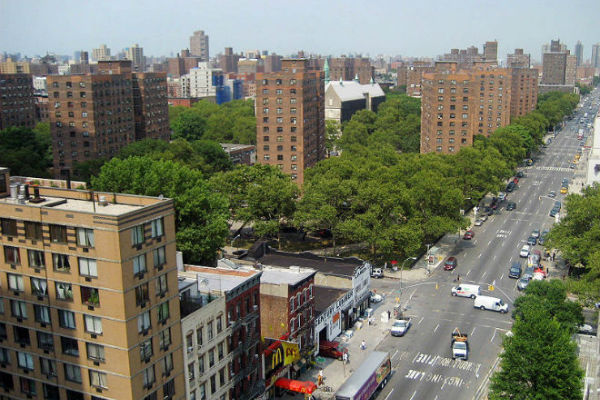 New Yorkers from Harlem to Hollis hear it all the time — homelessness can happen to anyone. A new report has found that nearly 60 percent of New Yorkers could be out on the street if they lose their jobs, have an accident or encounter some other unforeseen event that limits their ability to pay the bills.
New Yorkers from Harlem to Hollis hear it all the time — homelessness can happen to anyone. A new report has found that nearly 60 percent of New Yorkers could be out on the street if they lose their jobs, have an accident or encounter some other unforeseen event that limits their ability to pay the bills.
The report claims that 58 percent of New Yorkers lack the emergency savings to cover the household expenses such as rent or food for three months, leaving more than half of the city susceptible to eviction, foreclosure and damaged credit. According to the report residents of Bronx neighborhoods such as Mott Haven and Hunts Point are most at risk of homelessness, with 76 percent of residents lacking sufficient emergency savings.
In four other Bronx Neighborhoods — Morrisania/Crotona, Highbridge/S. Concourse, University Heights/Fordham and Belmont/East Tremont — 75 percent of residents lacked sufficient savings to last three months. Two other neighborhoods — Kingsbridge Heights and Parkchester — were also labeled “high risk” when it came to emergency savings.
Five Brooklyn neighborhoods were listed as “high risk” when it came to emergency savings: Brownsville (70 percent), Bushwick (68 percent), East New York (67 percent), Bed-Stuy (67 percent) and the southern part of Crown Heights (67 percent).
Manhattan trailed Brooklyn with three “high risk” neighborhoods: Central Harlem (67 percent), East Harlem (67 percent) and Washington Heights/Inwood (66 percent).
Manhattan trailed Brooklyn with three “high risk” neighborhoods: Central Harlem (67 percent), East Harlem (67 percent) and Washington Heights/Inwood (66 percent).
No neighborhoods in Queens or Staten Island were labeled “high risk” when it came to residents’ emergency savings
The report was put together by the Association for Neighborhood and Housing Development, an “umbrella organization of 100 non-profit affordable housing and economic development groups, serving low- and moderate income residents in all five boroughs of New York City,” according to its website.
The report tracked statistics such as emergency savings in every New York City neighborhood to determine the neighborhood’s overall economic opportunity score. Neighborhoods where residents lacked savings were often at risk for other risks to economic opportunity such as unemployment, average commute time and percent of rent burdened households.
Via source
Become a Harlem Insider!
By submitting this form, you are consenting to receive marketing emails from: . You can revoke your consent to receive emails at any time by using the SafeUnsubscribe® link, found at the bottom of every email. Emails are serviced by Constant Contact








